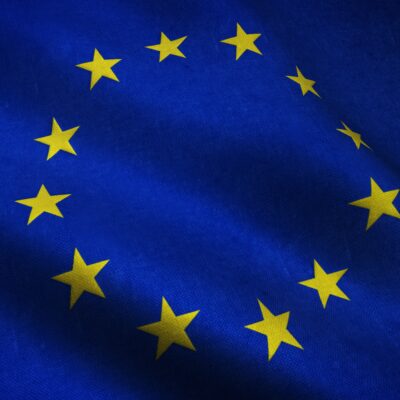The OECD has recently released the report Policies to Reduce Microplastics Pollution in Water : Focus on Textiles and Tyres focused on the plastic emissions releases across the textile processes.
Microplastics emissions occur and are influenced by several stages of the lifecycle of textiles and tyres. As such, a broad range of entry points exist for the implementation of mitigation measures, including via:
- Source-directed approaches, such as the sustainable design and manufacturing of textiles, tyres, and complementary products (i.e. washing machines, laundry detergents, road surfaces and vehicles), to minimise the tendency of products to contribute to microplastics generation;
- Use-oriented approaches, such as the uptake of best use practices (e.g. laundering parameters, eco-driving) and mitigation technologies (e.g. microfibre filters), to reduce preventable releases;
- End-of-life approaches, such as improved waste management practices, to prevent waste leaking into the environment and potentially contributing to microplastics generation;
- End-of-pipe approaches, such as improved wastewater, stormwater, and road runoff management and treatment, to retain the emitted microplastics before these reach water bodies.





